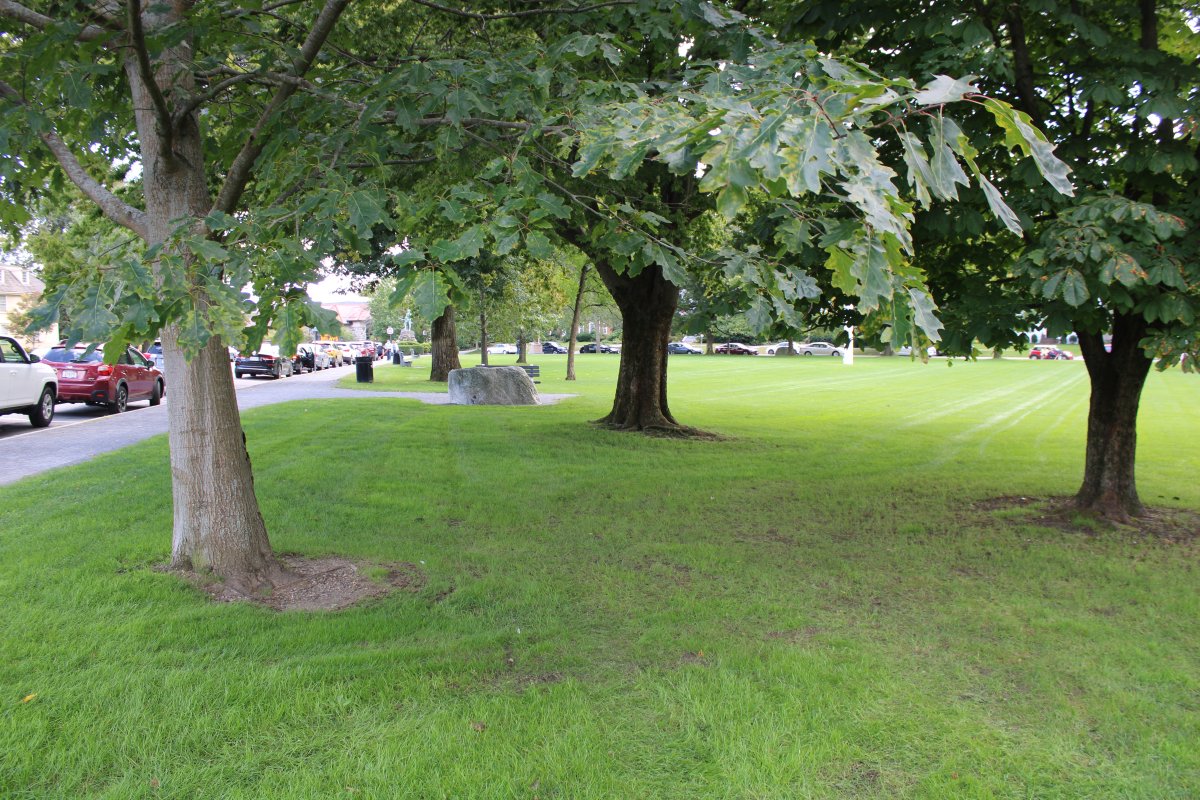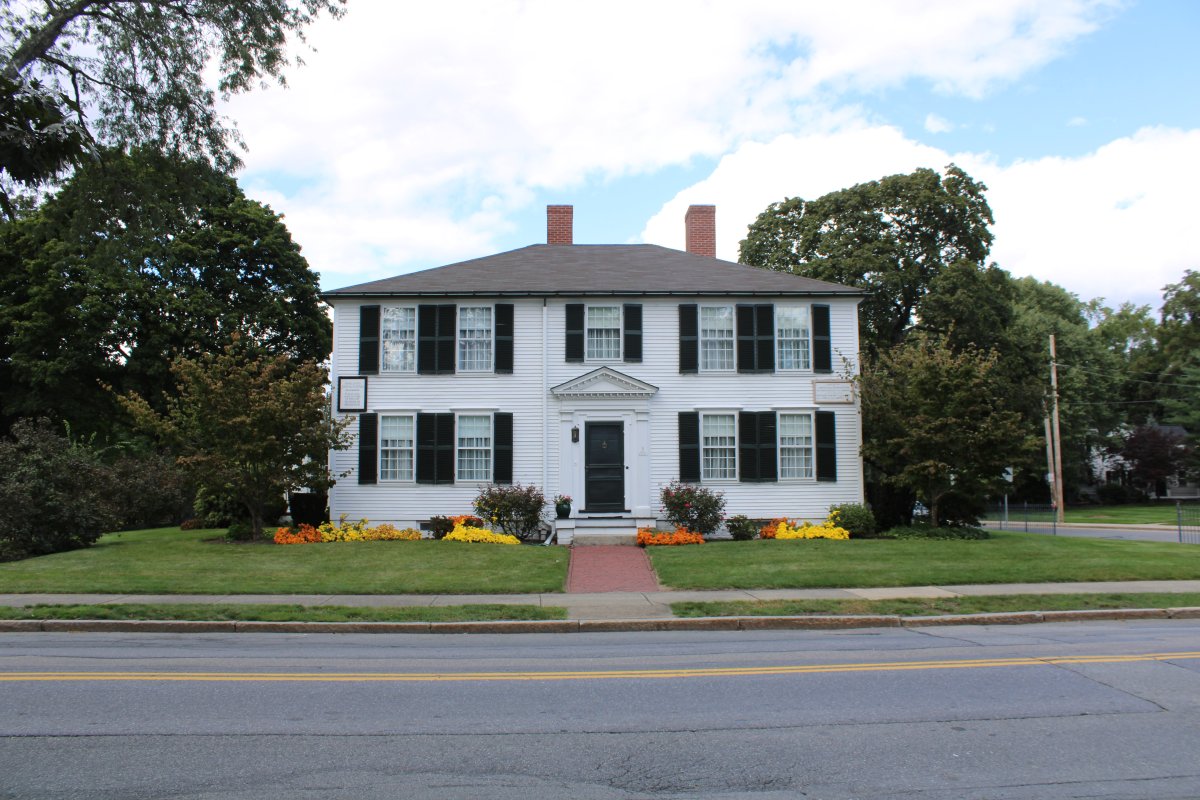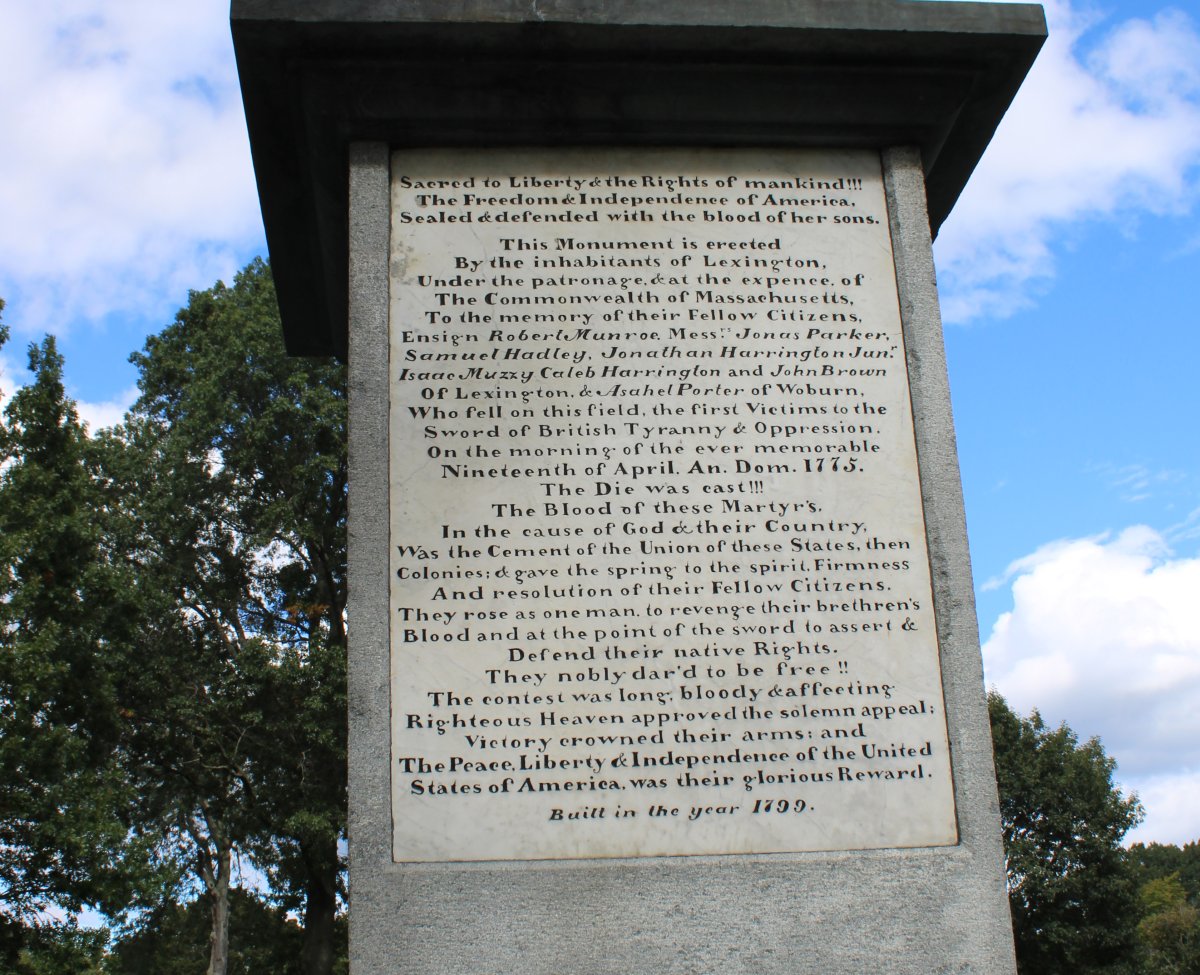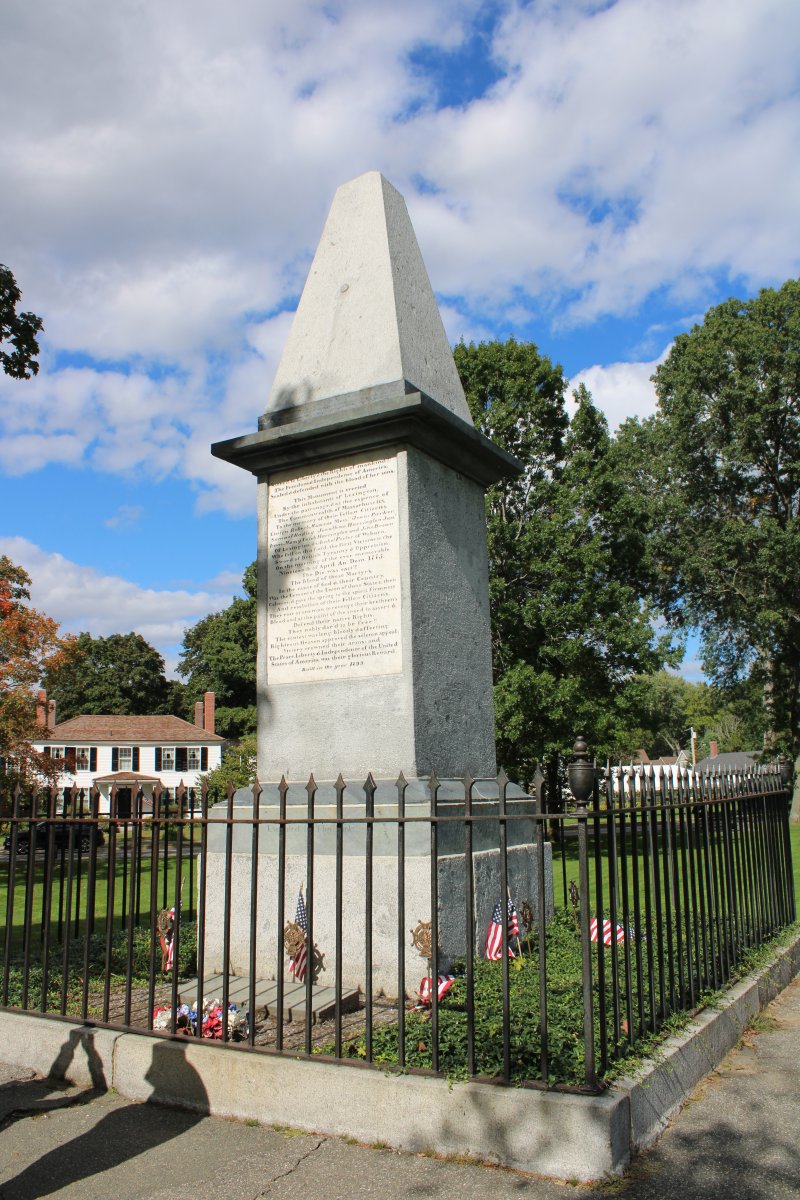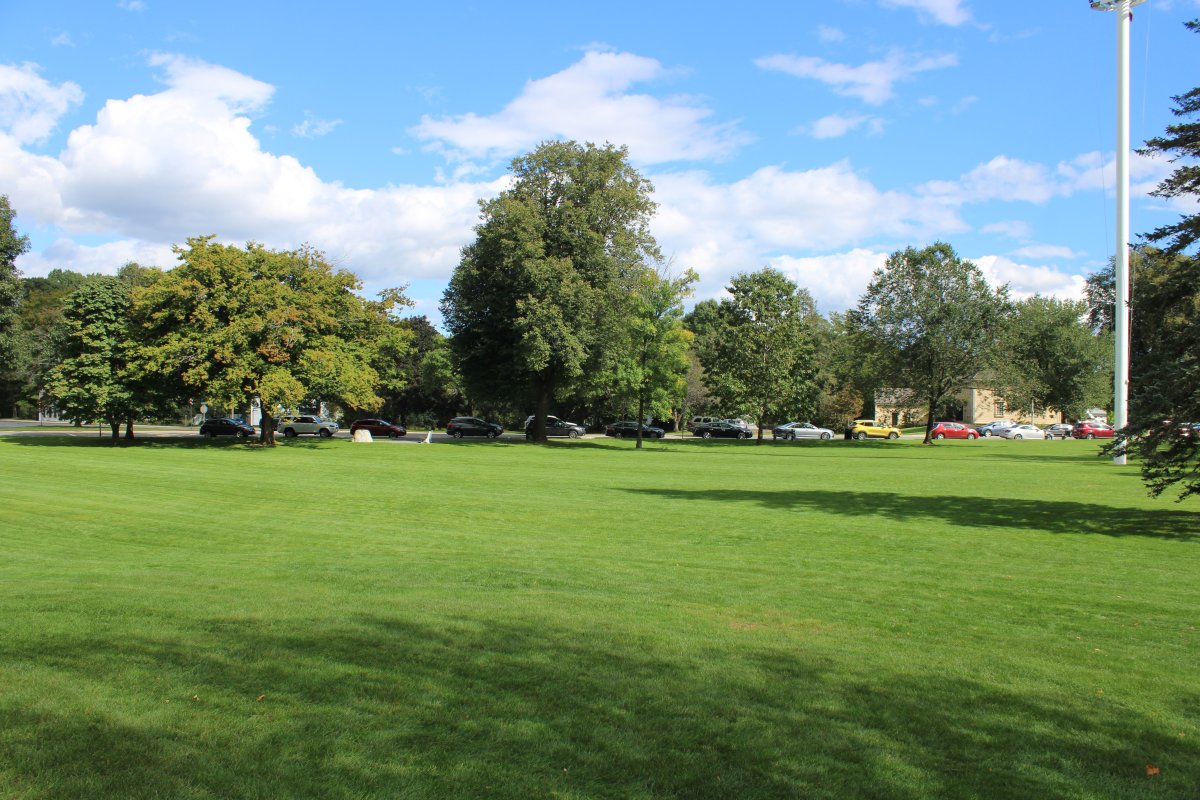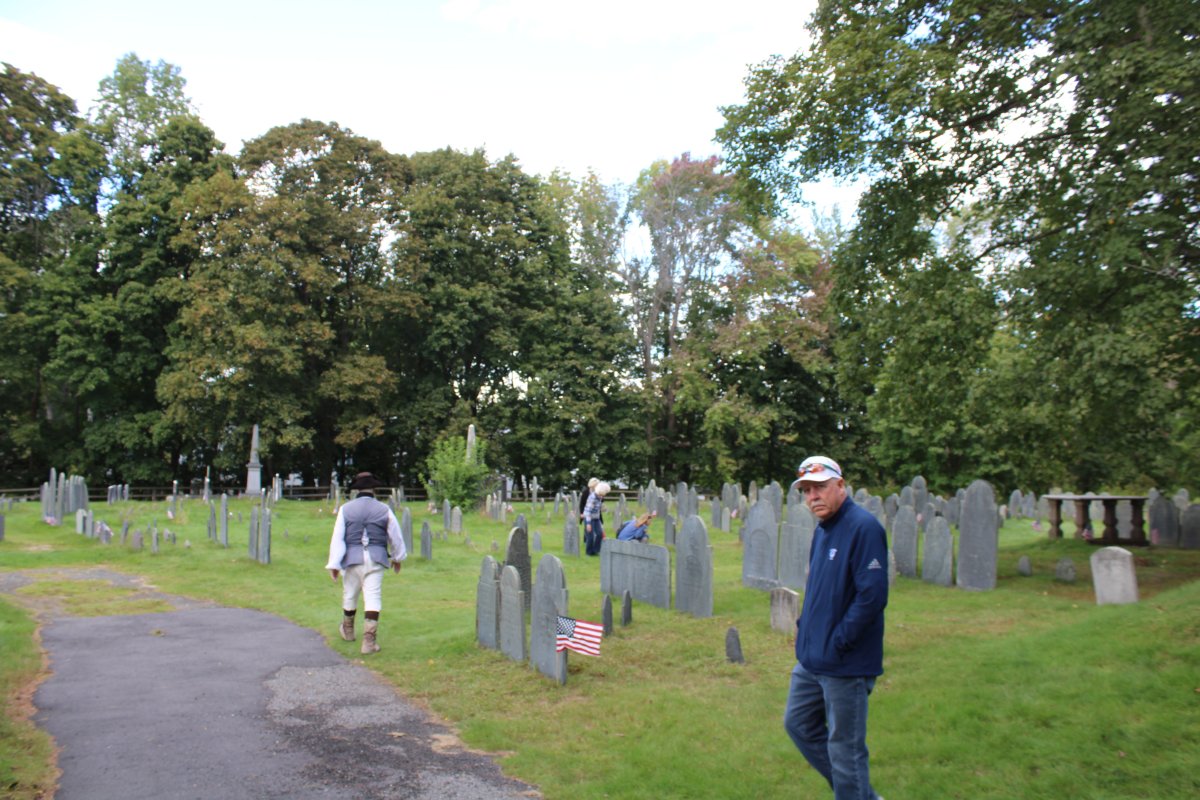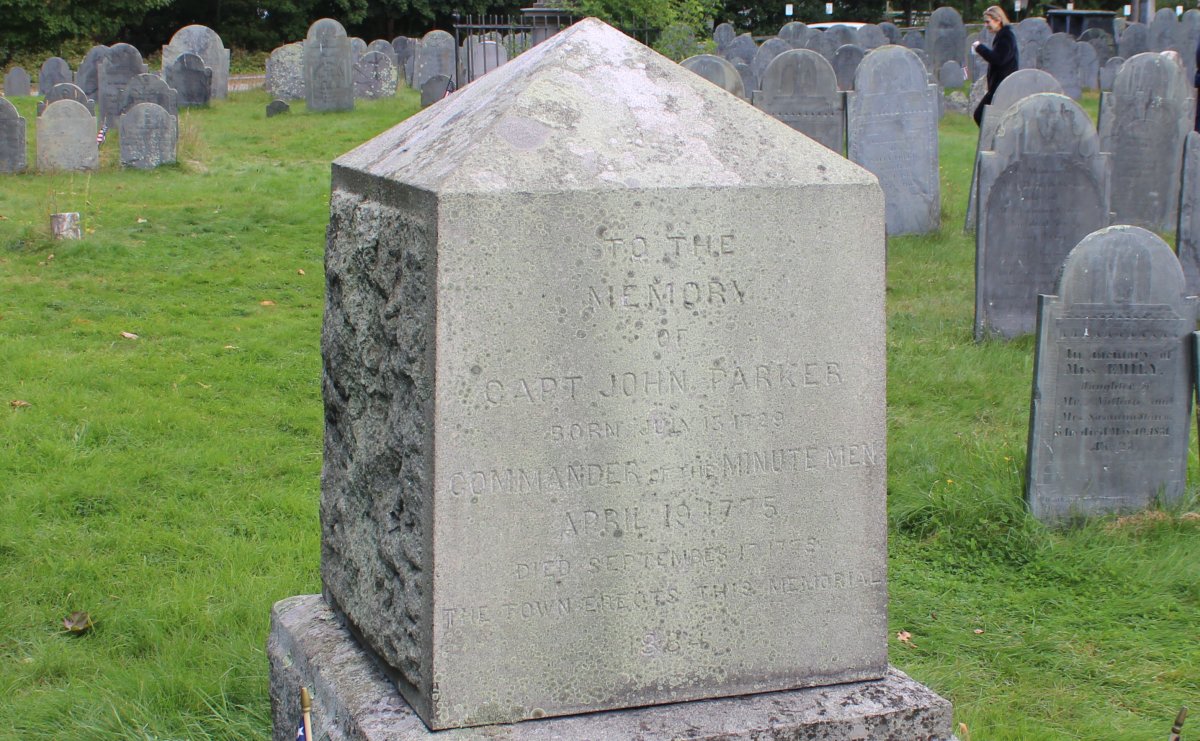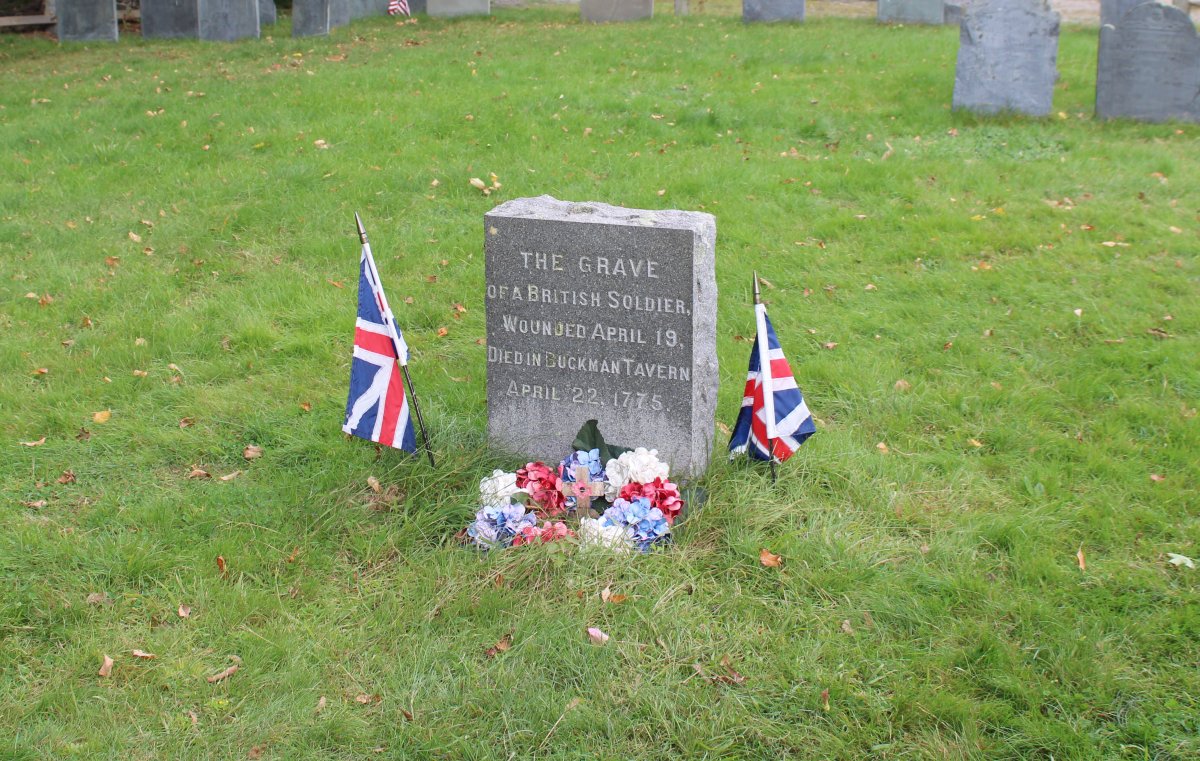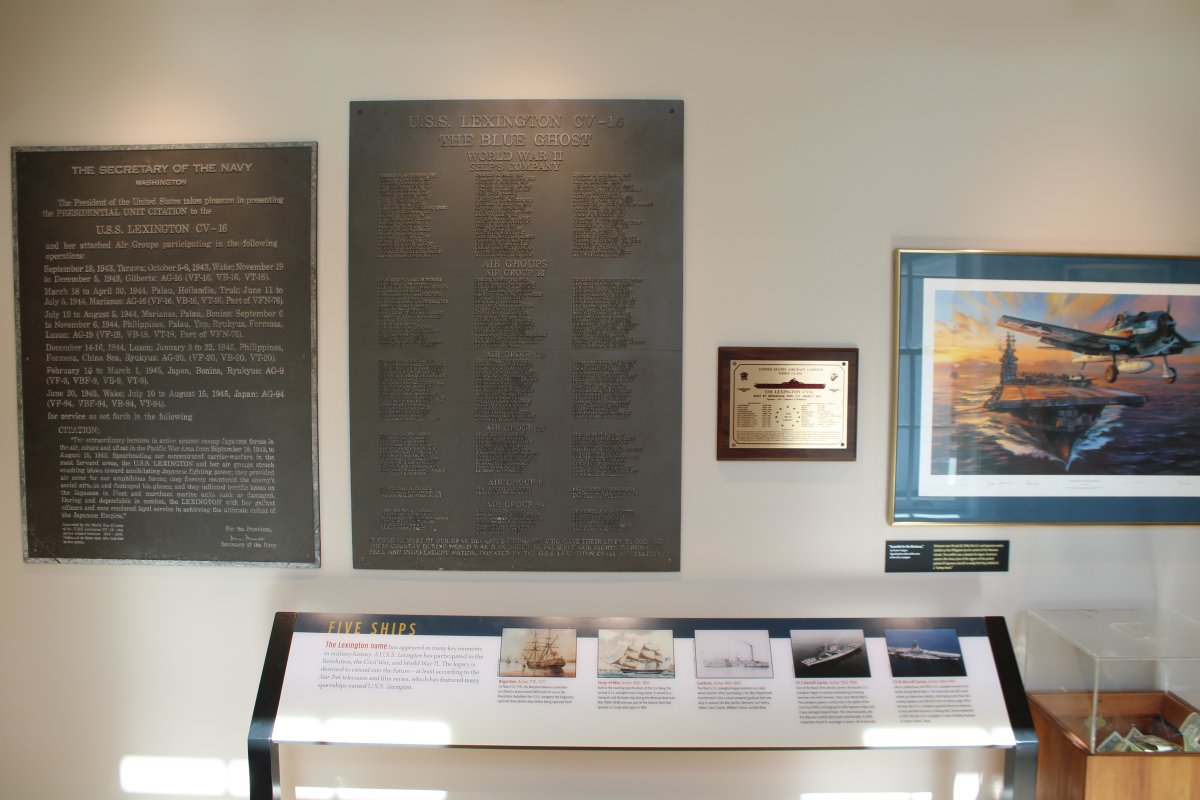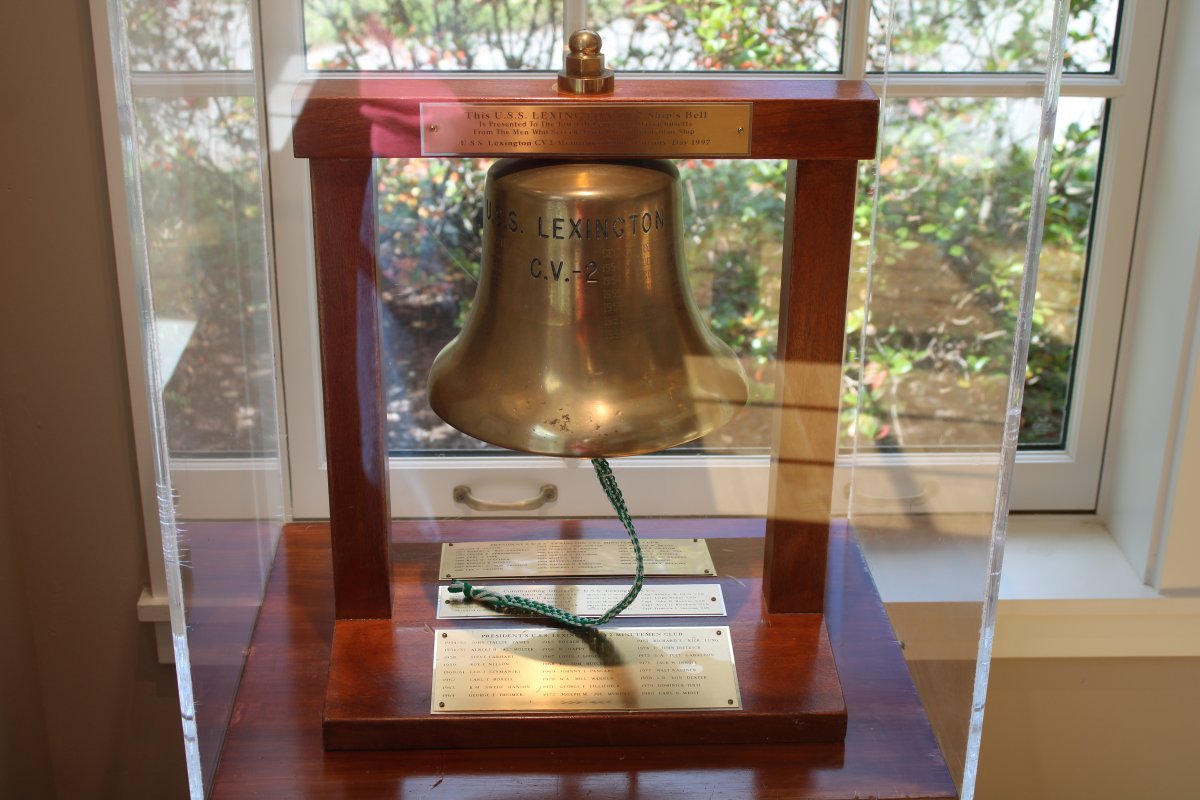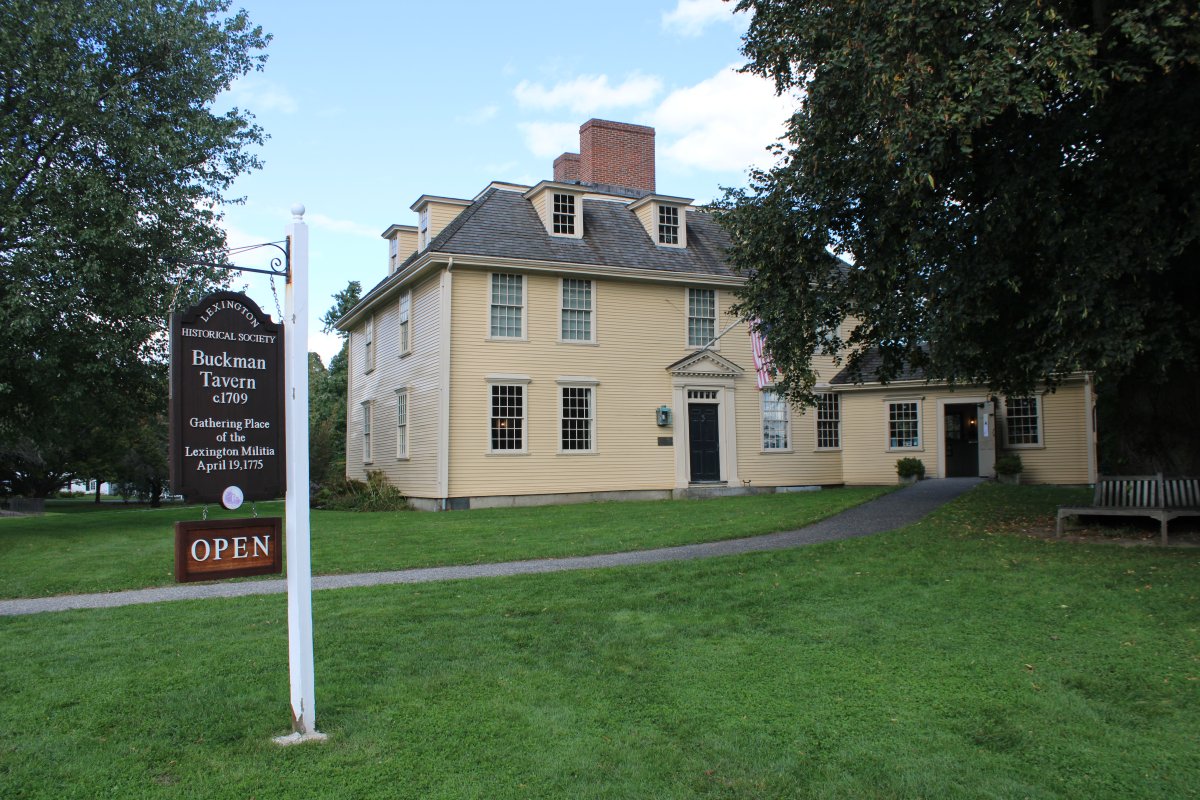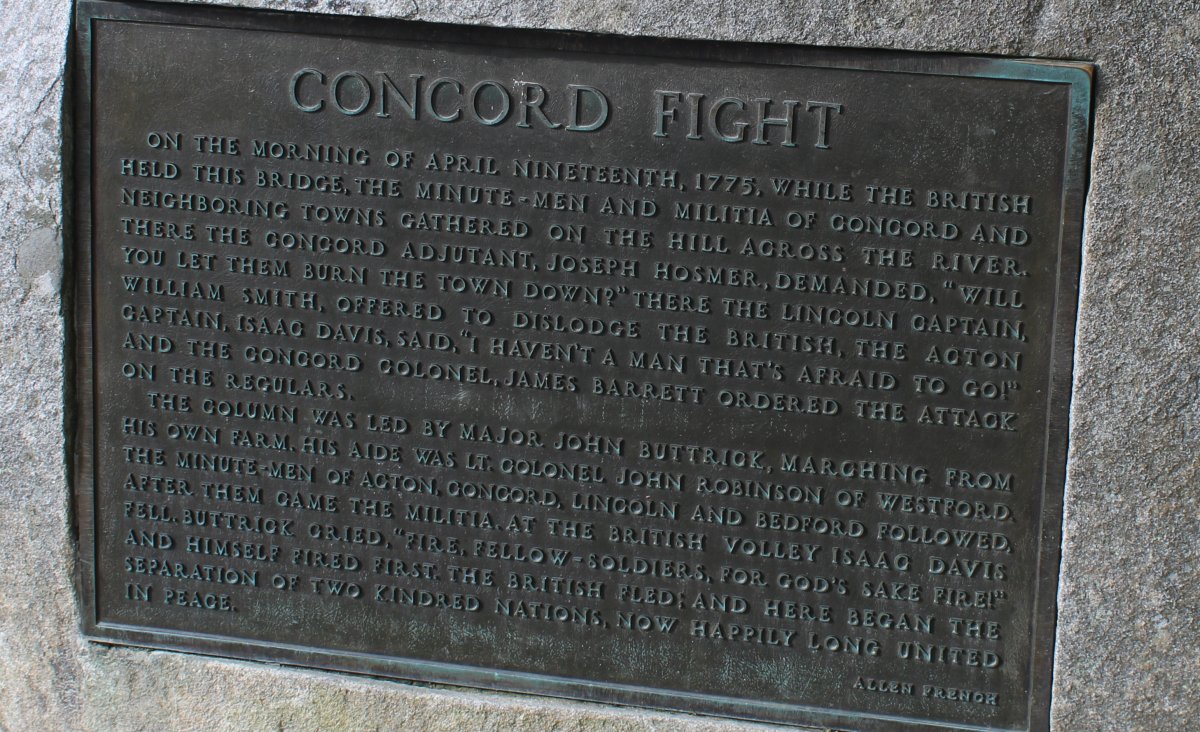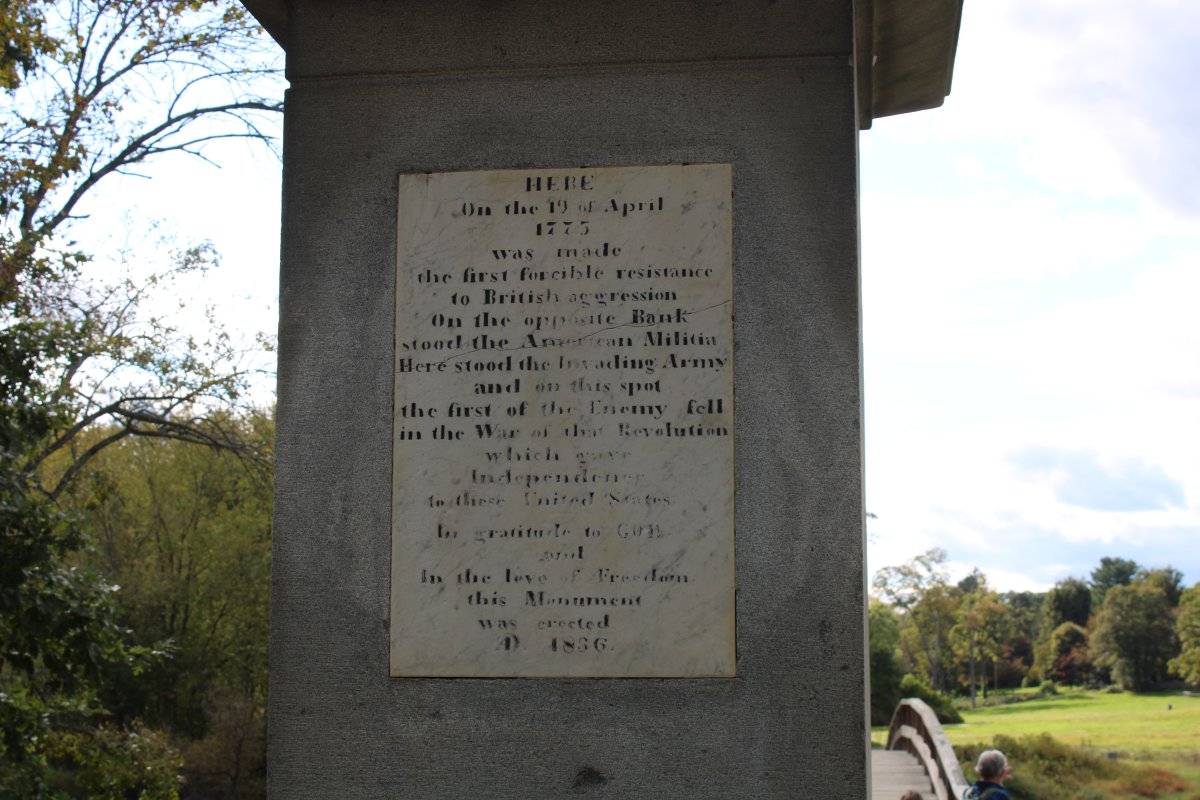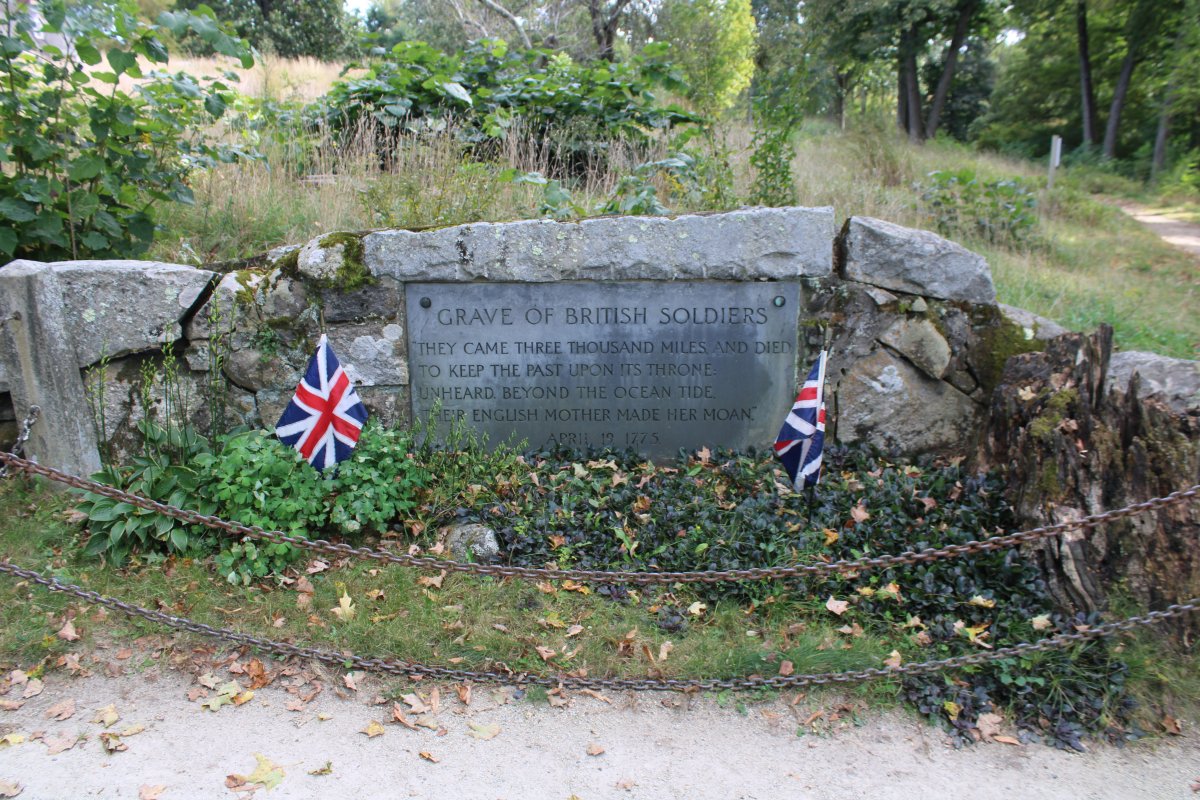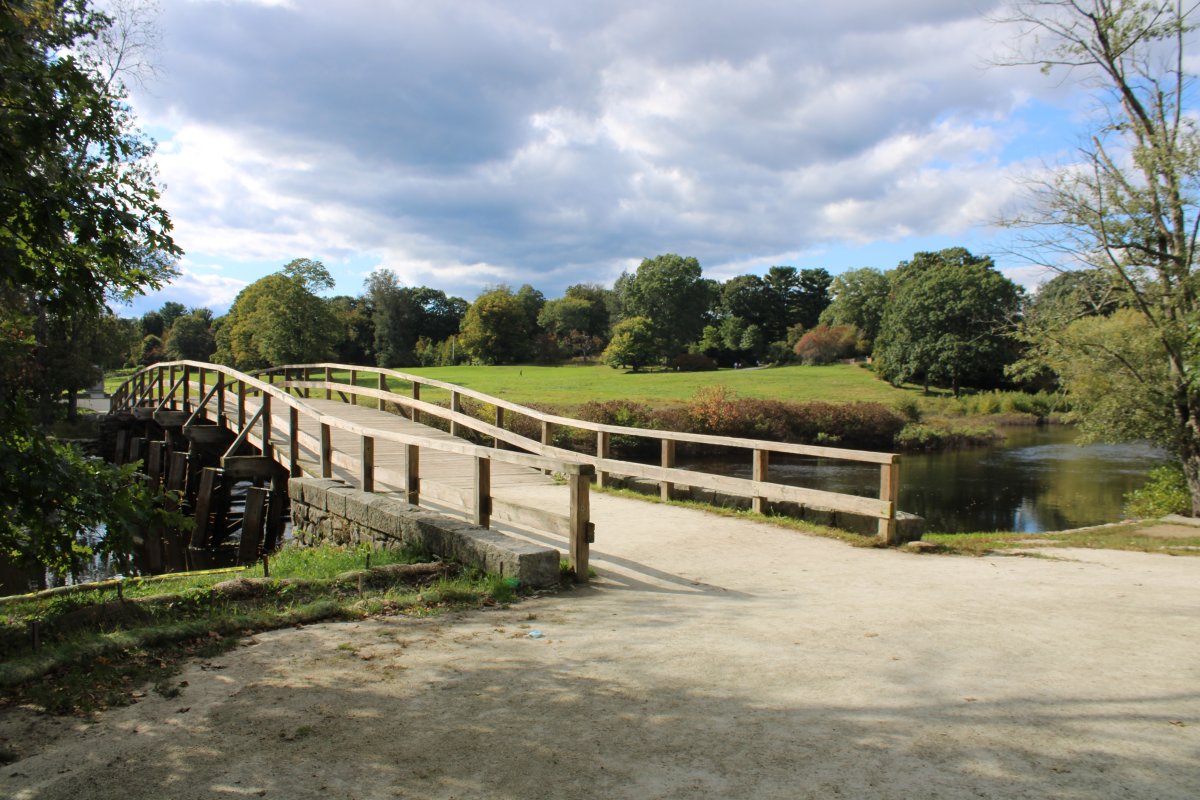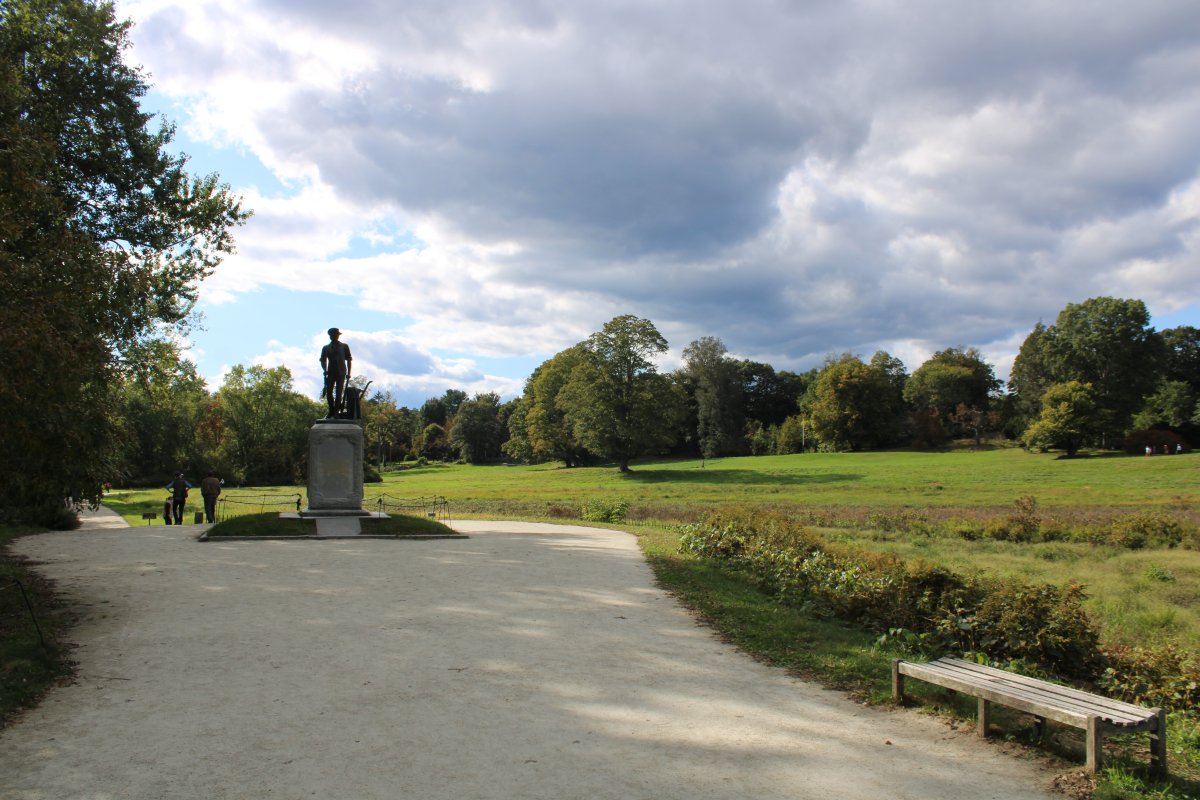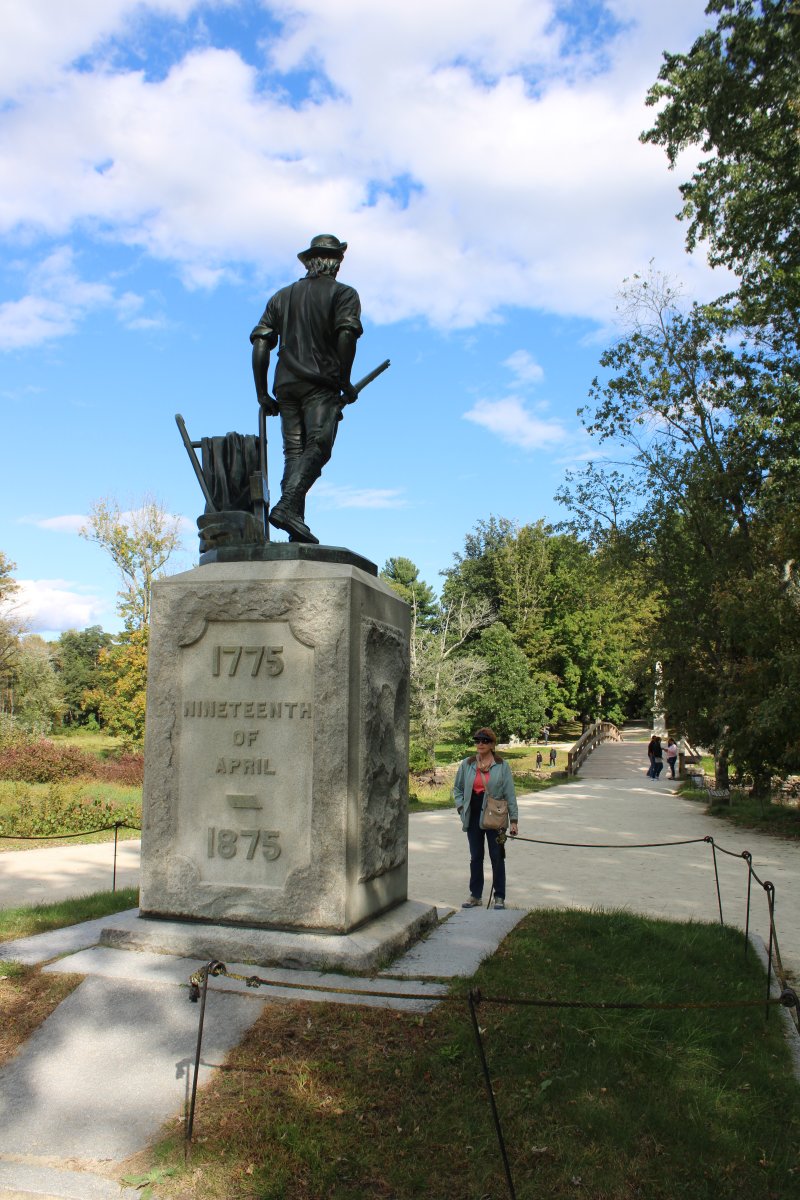October 1, 2021 - Lexington and Concord
After Harvard, we drove about eight miles northwest to the Lexington Battle Green, also known as the Lexington Common. It was here where the opening shots of the American Revolution were fired, April 19, 1775, in what became known as the Battles of Lexington and Concord.
Hard to see behind that huge tree at center is the Lexington Visitor Center.
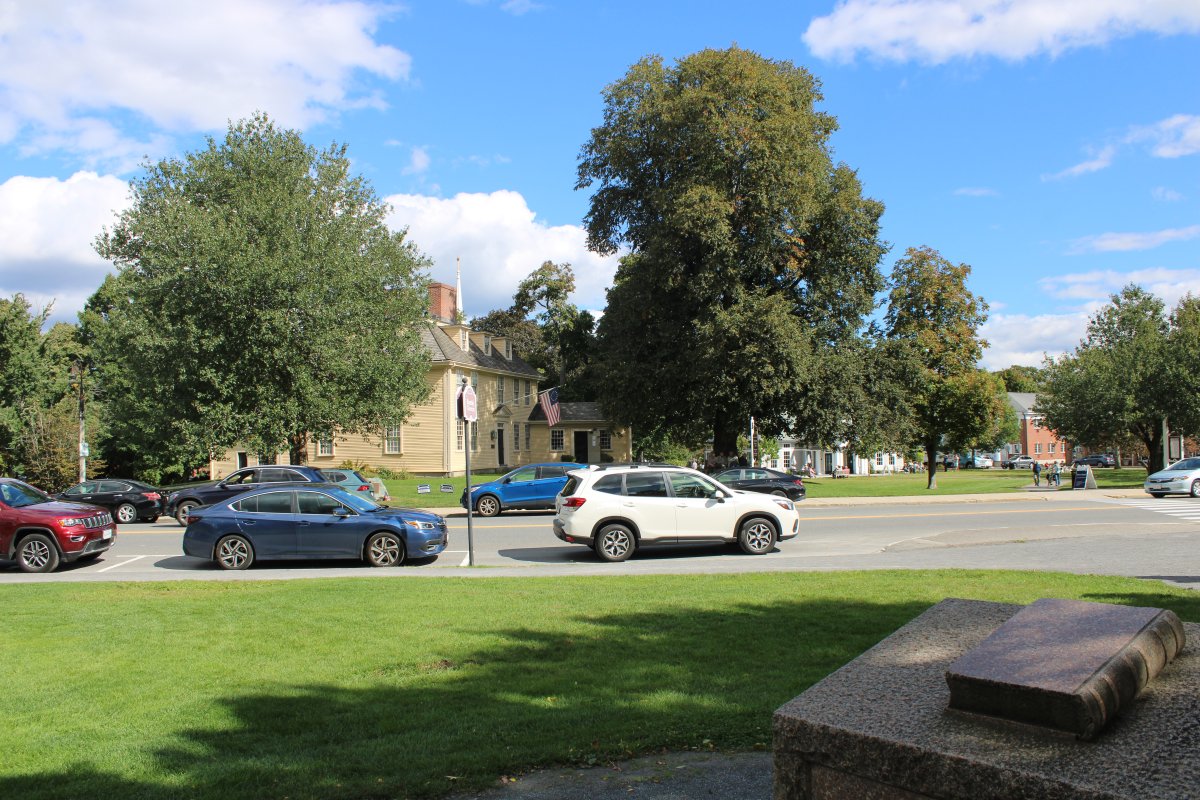
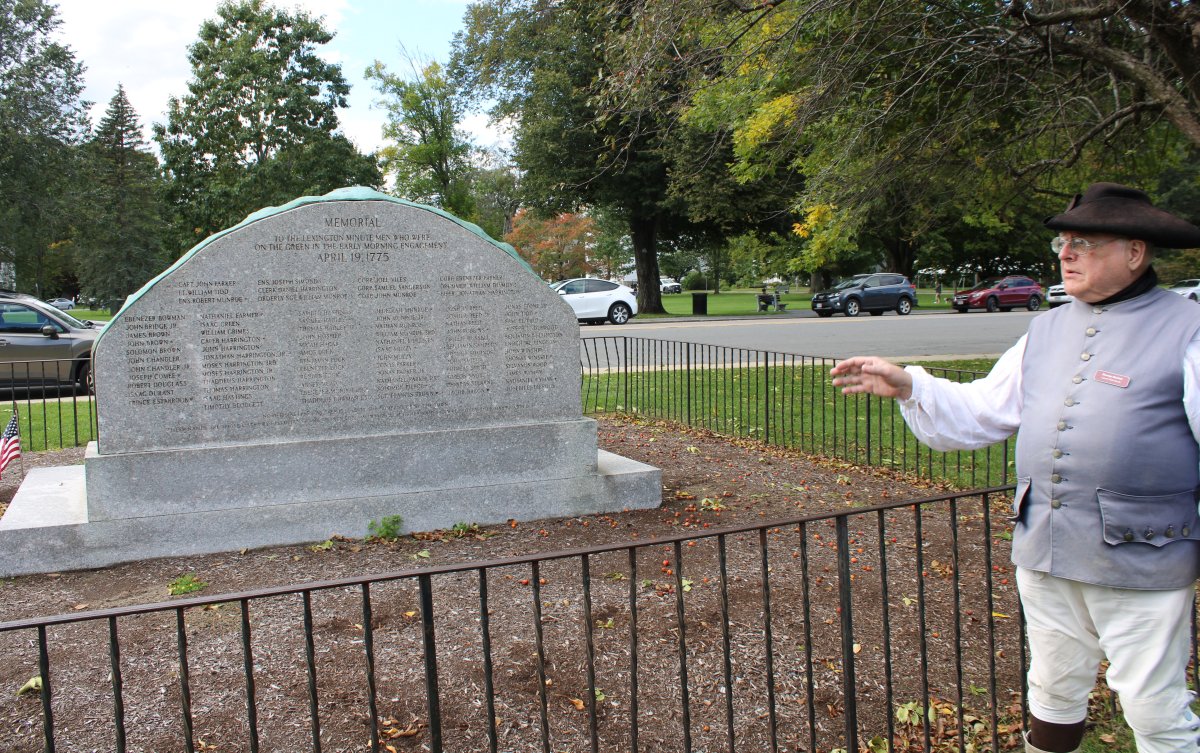
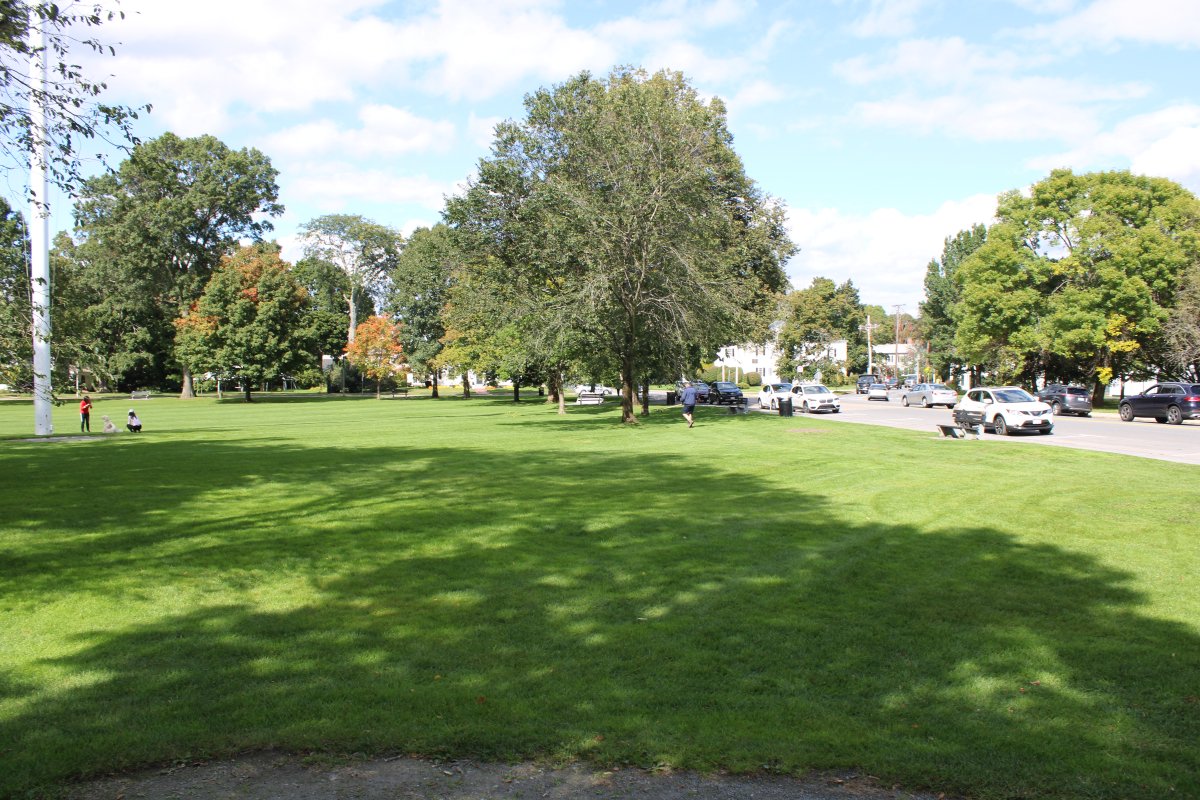
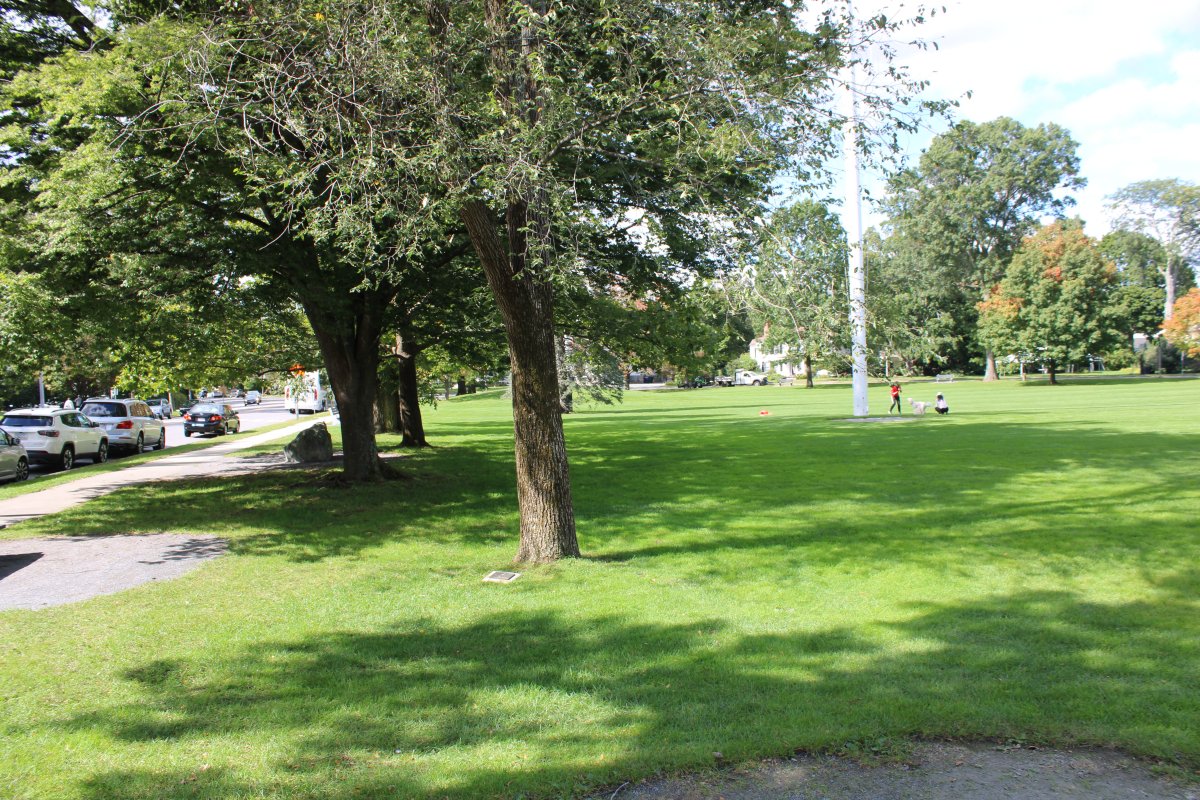
The Minute Man statue. The Minute Men were the "special forces" of the regular militia. Their teams constituted about a quarter of the entire militia. They were generally younger and more mobile. They were known for being ready at a minute's notice, hence the name. Minutemen provided a highly mobile, rapidly deployed force that enabled the colonies to respond immediately to war threats. It was the Minutemen who fought at Lexington.
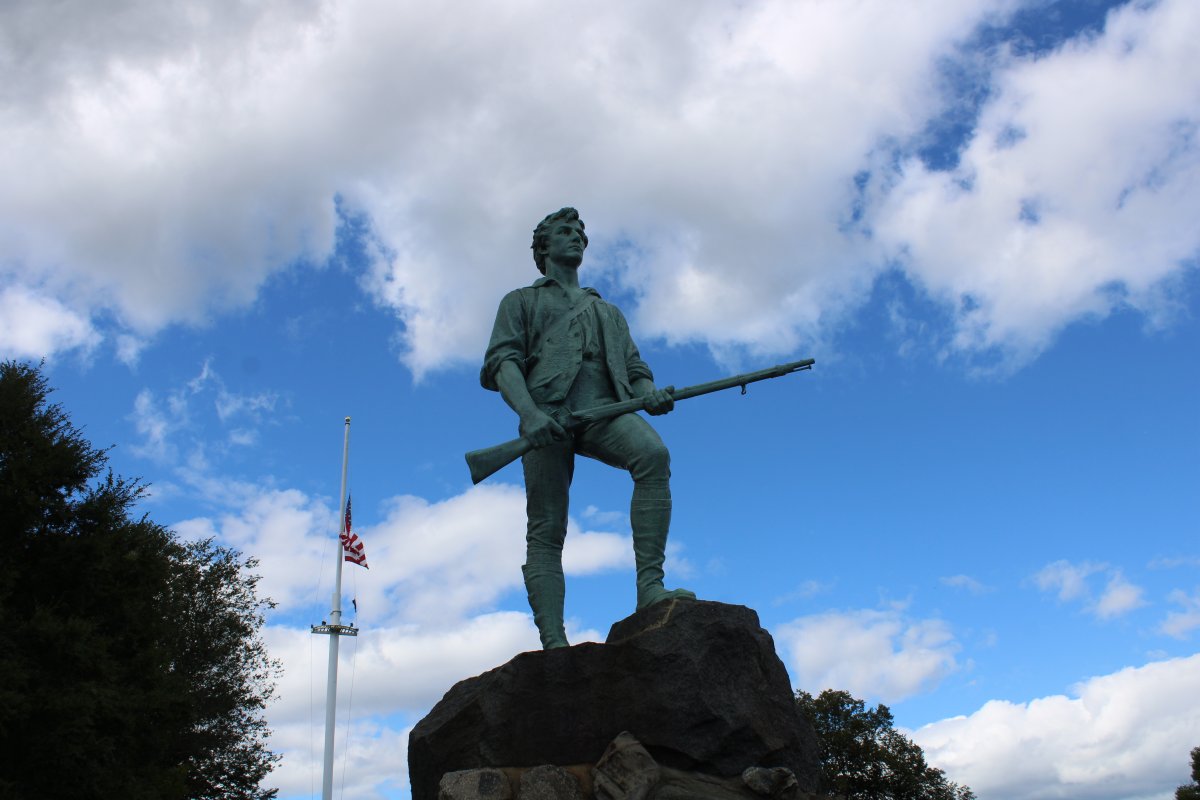
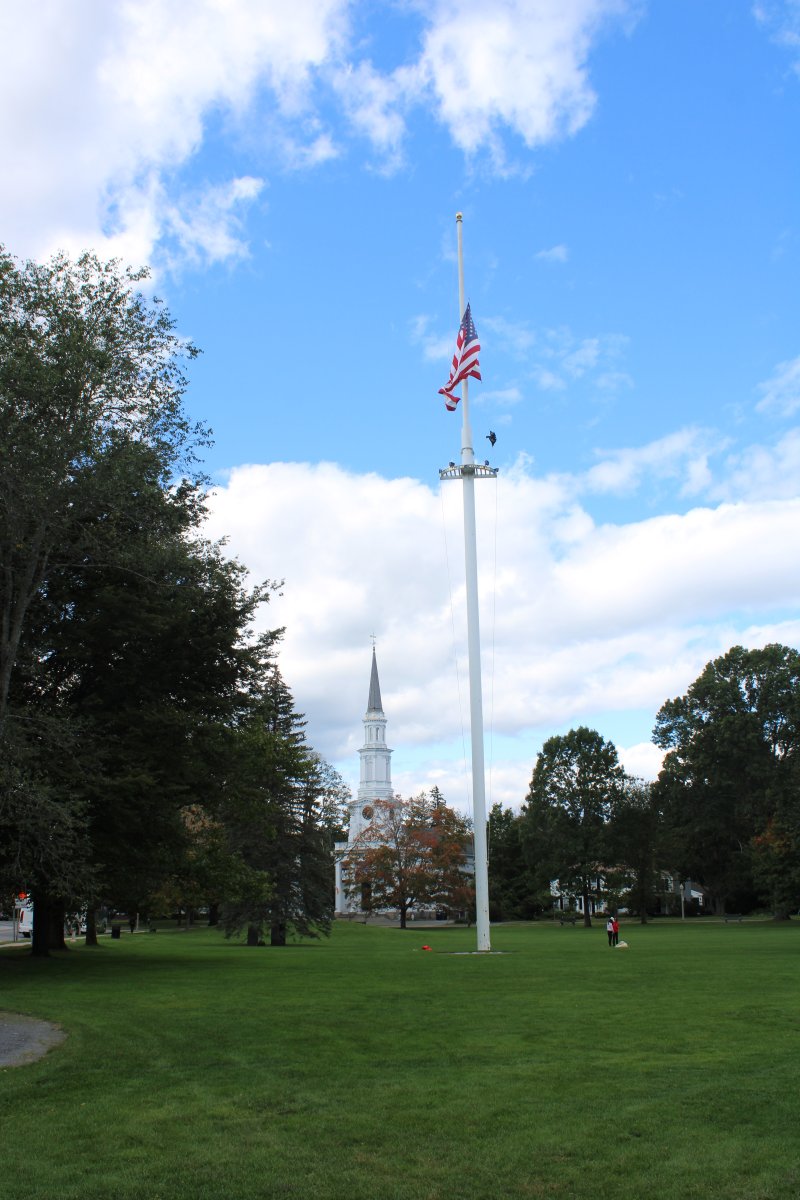
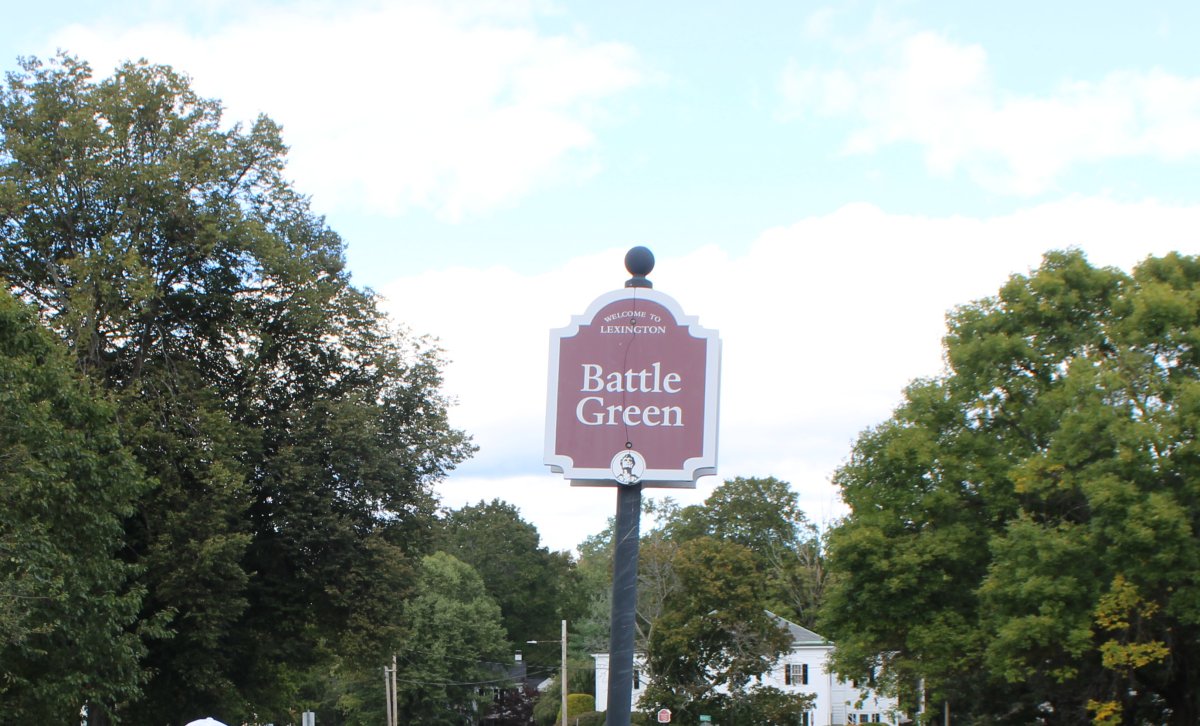
Captain Parker was clearly aware that he was outmatched in the confrontation and was not prepared to sacrifice his men for no purpose. He knew that most of the colonists' powder and military supplies at Concord had already been hidden. No war had been declared. (The Declaration of Independence was more than fourteen months in the future.) He also knew the British had gone on such expeditions before in Massachusetts, found nothing, and marched back to Boston.
Parker had every reason to expect that to occur again. The Regulars would march to Concord, find nothing, and return to Boston, tired but empty-handed. He positioned his company carefully. He placed them in parade-ground formation, on Lexington Common. They were in plain sight (not hiding behind walls), but not blocking the road to Concord. They made a show of political and military determination, but no effort to prevent the march of the Regulars. Many years later, one of the participants recalled Parker's words as being what is now engraved in stone at the site of the battle: "Stand your ground; don't fire unless fired upon, but if they mean to have a war, let it begin here."
According to Parker's sworn deposition taken after the battle: I ... ordered our Militia to meet on the Common in said Lexington to consult what to do, and concluded not to be discovered, nor meddle or make with said Regular Troops (if they should approach) unless they should insult or molest us; and, upon their sudden Approach, I immediately ordered our Militia to disperse, and not to fire:—Immediately said Troops made their appearance and rushed furiously, fired upon, and killed eight of our Party without receiving any Provocation therefor from us. — John Parker
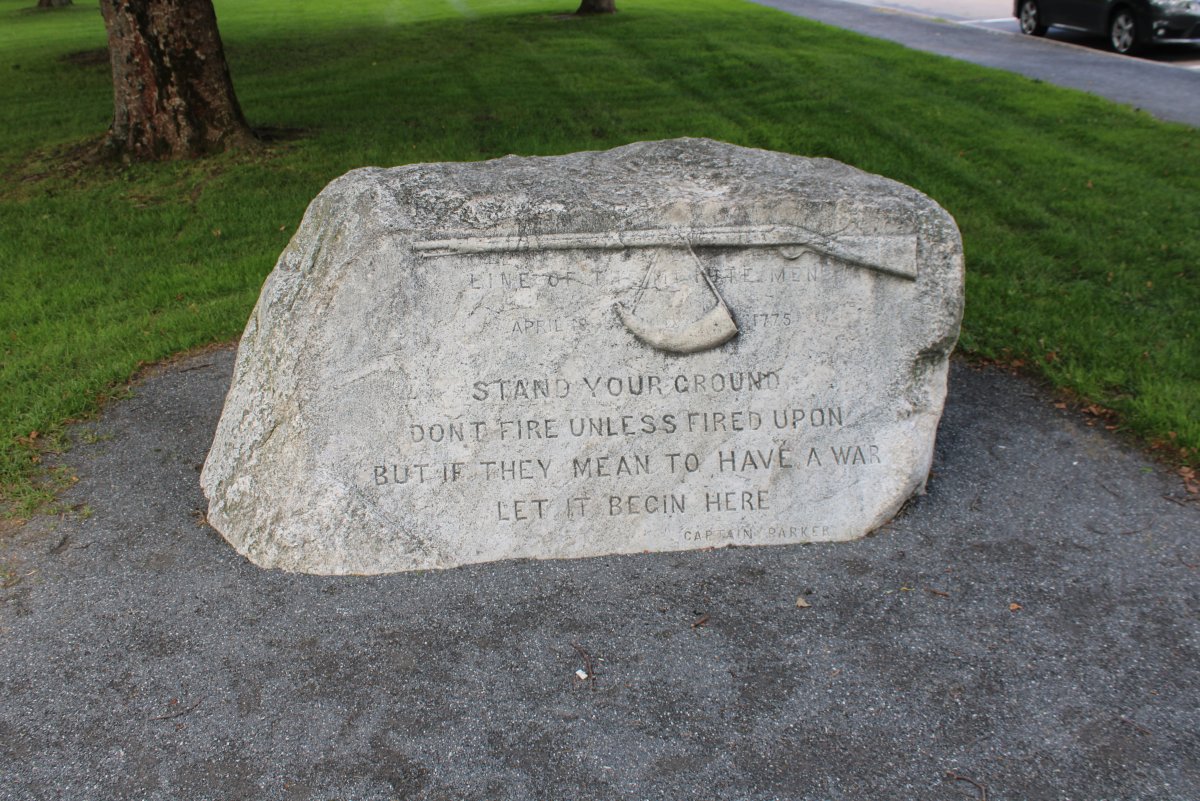
A British officer (probably Pitcairn, but accounts are uncertain, as it may also have been Lieutenant William Sutherland) then rode forward, waving his sword, and called out for the assembled militia to disperse, and may also have ordered them to "lay down your arms, you damned rebels!" Captain Parker told his men instead to disperse and go home, but, because of the confusion, the yelling all around, and due to the raspiness of Parker's tubercular voice, some did not hear him, some left very slowly, and none laid down their arms. Both Parker and Pitcairn ordered their men to hold fire, but a shot was fired from an unknown source.
Witnesses at the scene described several intermittent shots fired from both sides before the lines of regulars began to fire volleys without receiving orders to do so. A few of the militiamen believed at first that the regulars were only firing powder with no ball, but when they realized the truth, few if any of the militia managed to load and return fire. The rest ran for their lives. The regulars then charged forward with bayonets.
